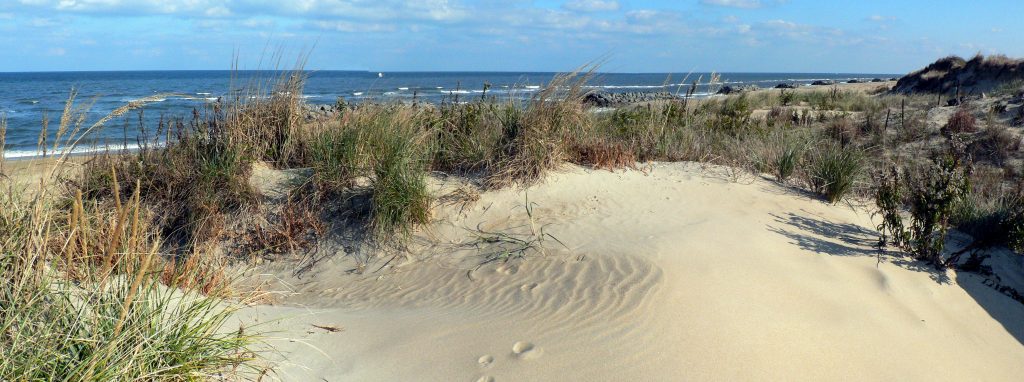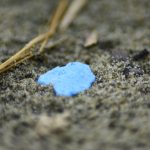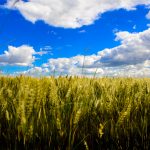Hitting All the Wickets: The Diverse Damage of Plastic Pollution in Local Waters
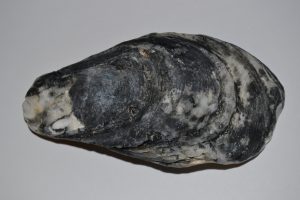 You don’t need to be a local of the Chesapeake to know what lives in the watershed—the oysters of the Bay are renowned throughout the land. Unlike the declining oyster populations and production elsewhere due to ocean acidification, hurricanes, and oil spills, the native Chesapeake Bay Eastern oyster (Crassostrea virginica) has rebounded and surpassed its health of the past three decades. This isn’t by accident or some magical feat of supremely short-term evolution: it’s due to proper government management, scientific innovation, cleanup efforts, wise industry practices, and conducive ecological conditions. In the “great shellfish bay,” these mighty oysters provide filtration and food for numerous species, including Homo sapiens.
You don’t need to be a local of the Chesapeake to know what lives in the watershed—the oysters of the Bay are renowned throughout the land. Unlike the declining oyster populations and production elsewhere due to ocean acidification, hurricanes, and oil spills, the native Chesapeake Bay Eastern oyster (Crassostrea virginica) has rebounded and surpassed its health of the past three decades. This isn’t by accident or some magical feat of supremely short-term evolution: it’s due to proper government management, scientific innovation, cleanup efforts, wise industry practices, and conducive ecological conditions. In the “great shellfish bay,” these mighty oysters provide filtration and food for numerous species, including Homo sapiens.
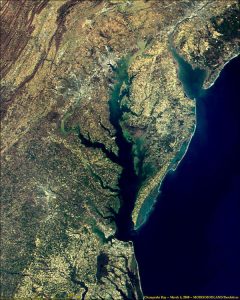 That all sounds great, so what the heck does it have to do with plastic? Six different states empty into the bay—New York, Pennsylvania, Delaware, Maryland, Virginia, and West Virginia (D.C. too)—so you can imagine with the water comes no small amount of trash. Because oysters are such efficient filterers, they’re bound to trap microplastics flowing into the nation’s largest estuary. This creates a two-fold problem: first is the potential disruption to organism biology as such, second is human ingestion. Oysters are among people’s favorite foods, especially in oceanic regions. Despite the obvious ick factor of eating plastic (seafood sold for human consumption has been found to contain plastic), there’s a more serious concern. A study conducted by Old Dominion University shows that microplastics can harbor and foster bacteria and human pathogens. Plastics stick around in the environment longer than other common organic materials, giving these harmful critters room to grow. This fact is especially troubling because most people eat oysters raw. Consuming raw oysters contaminated with bacteria-harboring microplastic creates the potential for serious illness. Research is being conducted to further understand the relationship between microplastic ingestion and oysters, but the possibility for complications has already been identified. This doesn’t mean people should stop eating oysters tomorrow, it means there needs to be greater awareness of how pervasive and diverse plastic problems can be.
That all sounds great, so what the heck does it have to do with plastic? Six different states empty into the bay—New York, Pennsylvania, Delaware, Maryland, Virginia, and West Virginia (D.C. too)—so you can imagine with the water comes no small amount of trash. Because oysters are such efficient filterers, they’re bound to trap microplastics flowing into the nation’s largest estuary. This creates a two-fold problem: first is the potential disruption to organism biology as such, second is human ingestion. Oysters are among people’s favorite foods, especially in oceanic regions. Despite the obvious ick factor of eating plastic (seafood sold for human consumption has been found to contain plastic), there’s a more serious concern. A study conducted by Old Dominion University shows that microplastics can harbor and foster bacteria and human pathogens. Plastics stick around in the environment longer than other common organic materials, giving these harmful critters room to grow. This fact is especially troubling because most people eat oysters raw. Consuming raw oysters contaminated with bacteria-harboring microplastic creates the potential for serious illness. Research is being conducted to further understand the relationship between microplastic ingestion and oysters, but the possibility for complications has already been identified. This doesn’t mean people should stop eating oysters tomorrow, it means there needs to be greater awareness of how pervasive and diverse plastic problems can be.
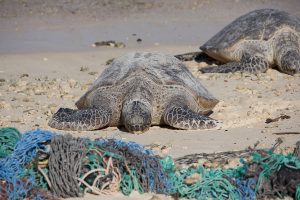 Now that you’re in no mood for lunch, let’s shift gears and move down to coastal Virginia. Another popular member of the animal kingdom is the sea turtle: graceful and curious, it speeds along aqua-colored highways in search of food and fun. Unfortunately, these majestic beasts are highly-susceptible to plastic pollution. It’s estimated that around 52% of all sea turtles have eaten plastic, suffering a 22% chance of death from ingesting a just single piece. A primary component of sea turtle diets is jellyfish, which look remarkably similar to plastic bags and deflated balloons. The turtles eat these bags and balloons and get them stuck in their gut, causing digestion problems and even death. Other turtles, who dine mostly plants, unknowingly eat a large amount of plastic in their search for food. This ingestion tricks them into thinking they’re full, and they end up starving (if the sharp plastic doesn’t rupture their insides first). Sometimes turtles eat plastic that makes them too buoyant to dive for food—the result is academic. If that wasn’t enough, turtles are regularly entangled and smothered by drifting plastic nets and linings.
Now that you’re in no mood for lunch, let’s shift gears and move down to coastal Virginia. Another popular member of the animal kingdom is the sea turtle: graceful and curious, it speeds along aqua-colored highways in search of food and fun. Unfortunately, these majestic beasts are highly-susceptible to plastic pollution. It’s estimated that around 52% of all sea turtles have eaten plastic, suffering a 22% chance of death from ingesting a just single piece. A primary component of sea turtle diets is jellyfish, which look remarkably similar to plastic bags and deflated balloons. The turtles eat these bags and balloons and get them stuck in their gut, causing digestion problems and even death. Other turtles, who dine mostly plants, unknowingly eat a large amount of plastic in their search for food. This ingestion tricks them into thinking they’re full, and they end up starving (if the sharp plastic doesn’t rupture their insides first). Sometimes turtles eat plastic that makes them too buoyant to dive for food—the result is academic. If that wasn’t enough, turtles are regularly entangled and smothered by drifting plastic nets and linings.
 How do we address these shortcomings? When Upton Sinclair reflected on the reception of his seminal work The Jungle, a tale about the poor working conditions and politics of Chicago’s meat packing industry during the early 20th century, he said “I aimed at the public’s heart and by accident I hit it in the stomach.” The information presented in this article attempted to hit both, but the real moral of this tale is that in order to stop the prevalence of plastics, we need to find ways to engage people in the cause—through the stomach, heart, head, or pocket book. It’s often frustrating as environmentalists, or people who cares about the planet generally, to get others to understand the damage done to the earth by humans and the danger that this damage foretells. Even when others do understand, it’s sometimes still a chore to get them to care, to take action. Part of the problem is a matter of relatability—people need to understand how something affects them directly rather that having a bunch of (factual) numbers and charts thrown at them. Relating how these issues affect things people care about is just as important as reducing the physical plastic we contribute in our day-to-day lives. So the next time you’re trying to convince someone to care more about plastics, or the environment generally, try figuring out what is important to them and relate it that way. Everyone has their own “sea turtles” and “oysters.”
How do we address these shortcomings? When Upton Sinclair reflected on the reception of his seminal work The Jungle, a tale about the poor working conditions and politics of Chicago’s meat packing industry during the early 20th century, he said “I aimed at the public’s heart and by accident I hit it in the stomach.” The information presented in this article attempted to hit both, but the real moral of this tale is that in order to stop the prevalence of plastics, we need to find ways to engage people in the cause—through the stomach, heart, head, or pocket book. It’s often frustrating as environmentalists, or people who cares about the planet generally, to get others to understand the damage done to the earth by humans and the danger that this damage foretells. Even when others do understand, it’s sometimes still a chore to get them to care, to take action. Part of the problem is a matter of relatability—people need to understand how something affects them directly rather that having a bunch of (factual) numbers and charts thrown at them. Relating how these issues affect things people care about is just as important as reducing the physical plastic we contribute in our day-to-day lives. So the next time you’re trying to convince someone to care more about plastics, or the environment generally, try figuring out what is important to them and relate it that way. Everyone has their own “sea turtles” and “oysters.”
You can find further information about the Chesapeake Bay and its restoration at the Chesapeake Bay Foundation. More information on plastics and wildlife can be found at the World Wildlife Fund (and their Sea Turtles page).
Photos sourced from Wikimedia Commons


